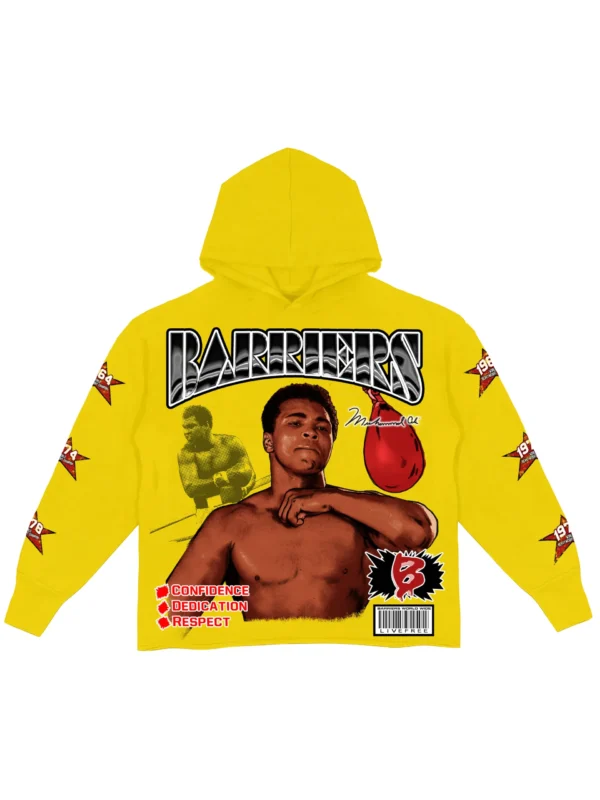There’s a reason why the womens blazer jacket has never gone out of style. Sleek, commanding, and endlessly versatile, it’s more than just another piece of outerwear—it’s fashion’s sharpest secret weapon. Worn right, it becomes a quiet assertion of confidence and refinement. But not all blazers are created equal. The most iconic ones hide thoughtful details and strategic design choices that elevate them from good to unforgettable.
The Timeless Power of a Structured Blazer
Structure speaks before you do. There’s something inherently empowering about slipping into a sharply cut blazer. Shoulders squared, lines clean—it’s a silhouette that instantly communicates authority and elegance. From the office to the opera, structured blazers have transcended occasion and gender. They’re a wardrobe mainstay because they offer instant polish, no matter what you’re wearing underneath.
It’s also about presence. Blazers create a frame, anchoring your outfit while drawing the eye upward. When tailored well, they accentuate posture and lend poise, making even casual ensembles feel intentional. This is where architecture meets apparel.
Fit First: Why Tailoring is Everything
A flawless blazer starts with an impeccable fit. Off-the-rack rarely cuts it when you’re chasing that sculpted silhouette. A hem that’s an inch too long or shoulders that slightly droop can unravel the entire effect. The key is precision—armholes that don’t gape, sleeves that hit the wrist bone just right, and darts that contour without pulling.
Tailoring mistakes are surprisingly common. Many overlook the back panel or fail to balance proportions, especially with longer-line cuts. The fix? Have your blazer adjusted by a tailor who understands structure and movement. The difference is subtle but transformative.
Fabric Matters More Than You Think
When it comes to blazers, fabric isn’t just about comfort—it’s about visual language. A crepe weave flows differently from a boucle. A brushed wool speaks a softer tone than a crisp cotton. The texture, sheen, and weight of the fabric affect how the jacket moves, catches light, and pairs with the rest of your wardrobe.
Lightweight linens and breathable cottons shine in warmer months, offering structure without heat retention. For fall and winter, heavier twills and velvet lend gravitas and warmth. Fabric dictates how a blazer feels on the body—but also how it performs in the world.
Color Theory in Blazer Styling
Color transforms a look before the cut even has a chance. A navy womens blazer jacket exudes professionalism, while deep burgundy whispers sophistication. Soft ivory makes a quiet statement; bold red demands attention. The blazer isn’t just framing your outfit—it’s framing your aura.
Neutral tones remain eternal because they pair well with almost everything. But 2025′s trends are pushing toward saturated statements: jade greens, burnt oranges, and inky teals. Monochromatic layering with tonal blazers adds dimension without chaos. The right hue doesn’t just flatter—it influences mood and commands space.
Details That Distinguish Exceptional Design
Sometimes, it’s the micro-elements that make macro impacts. A peak lapel versus a shawl collar alters the formality of your look. Double-breasted buttons add symmetry and flair, while a single-button closure elongates the torso. Cuff buttons—real, not faux—hint at craftsmanship. Lined pockets, high vents, and silk linings signal luxury beneath the surface.
Then there are unexpected accents: contrast piping, embroidered initials, raw edges, or sculpted shoulders. These design features might not scream for attention, but they set elite blazers apart. When these details are intentional, they enrich the narrative without complicating the canvas.
The Versatile Power of Layering
A stellar blazer doesn’t just stand alone—it plays well with others. The real secret? It’s a styling chameleon. Throw it over a slinky slip dress and heels for date night. Layer it atop a turtleneck and denim for a minimalist fall look. Pair it with wide-leg trousers for modern suiting, or with bike shorts for a downtown vibe.
Accessories, too, change the vibe. A belted blazer can create an hourglass shape, while rolled sleeves introduce a casual edge. Layer it under a trench or over a hoodie. With the right styling, one womens blazer jacket can yield ten distinct looks—and each one feels intentional.
Some garments whisper. A great blazer speaks volumes. In 2025, the womens blazer jacket is not just a piece—it’s a strategy. With structure, tailoring, texture, and detail on your side, it becomes a style secret worth sharing. Or keeping to yourself.



